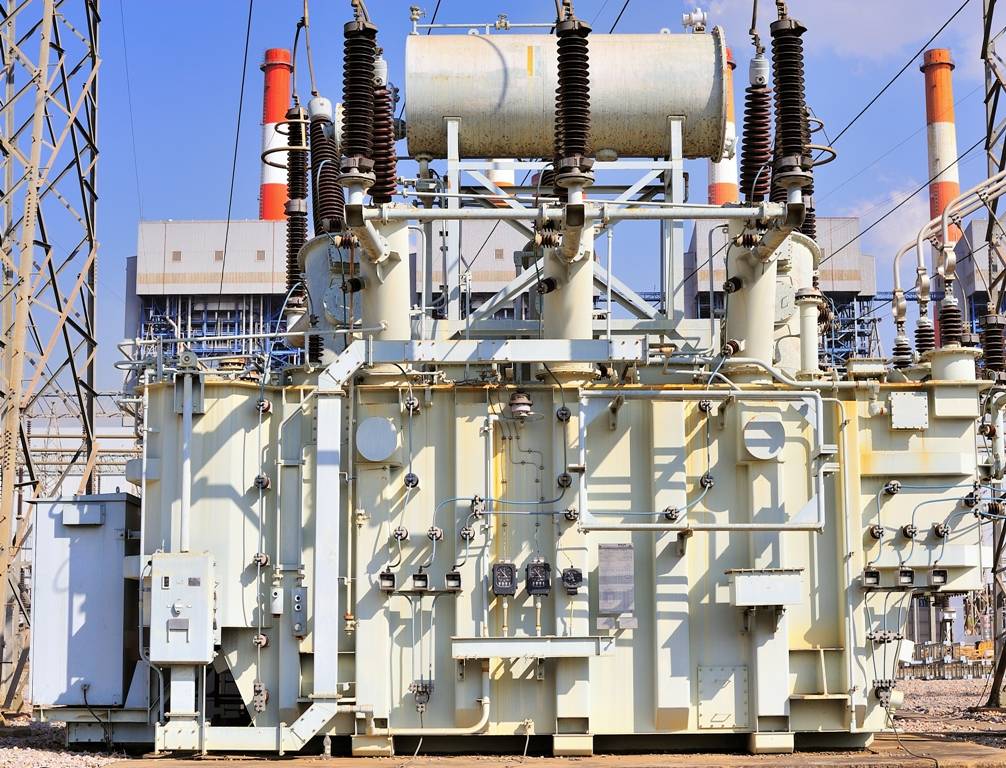Power transformers are the most expensive part of electric networks equipment. Perhaps this is why a large amount of such equipment has already exceeded its estimated service life. Not every electric power company can afford spending lots of money on transformer replacement. Therefore, the task of improving reliability of the existing fleet of power transformers comes to the fore.
Analysis of causes of power transformer (35-110 kV) failures shows that most of the damage is caused by moisture, contamination of transformer oil and solid insulation with oxidation products, as well as a variety of mechanical impurities. It is solid insulation that is the basic determinant of real service life of power transformers. In turn, its condition is determined by the quality of transformer oil and the processes occurring in it.
Representatives of energy sector share the opinion that timely assessment of the quality of insulating oil and implementation of activities aimed at removing aging products from oil make it possible to improve the reliability of power transformers.
Aging of insulating oil is a result of exposure to high temperatures, as well as the joint effect of atmospheric oxygen and electric field on transformer construction materials.
In general, the oxidation process can be divided into four periods.
At the initial stage there are no visible changes of oil quality. This period is called the induction stage. Its duration is not a fixed value and is highly dependent on the characteristics of chemical composition and application.
The second period (autocatalytic) is characterized by self-acceleration of reactions which is caused by disintegration of the formed hydroperoxides into radicals.
Next comes the constant speed of the process in which the rate of appearance and disappearance of free radicals is equal. This is due to the products of phenolic oxidation, which can slow down the process.
The final period is called the period of self-stifling. It is preceded by a large concentration of phenolic oxidation products in the oil. This stage is characterized by the fact that the oxidation kinetic curve is almost parallel to the abscissa.
Such parameters of transformer oil as its acid value, dielectric loss tangent, water-soluble acids and alkali content, antioxidant additives content are most commonly used as indicators of the processes. They are most sensitive at different stages of aging of insulating oil.
To ensure the reliability of power transformers at least two conditions need to be performed. Firstly, using only high quality oil. Secondly, ensuring the preservation of its performance properties throughout its service life. The latter problem is solved by the use of oil filtration, oil purification and oil reclaiming techniques.
GlobeCore company is one of the leading manufacturers and suppliers of equipment for complex processing of transformer oil: filtration, purification, drying, degassing and reclaiming. The use of a combination of classical technologies and innovative solutions, developed by GlobeCore engineering department, allows to completely restore the operating parameters of transformer oil to standardized values. The benefits of this approach are obvious: extension of insulating oil service life, reduction of the amount of oil requiring disposal, saving on storage space for waste oil, and, finally, improving the reliability of power transformers.
GlobeCore plants are distinguished by their environmental friendliness and energy efficiency. Thanks to their mobile design, transformer oil treatment can be carried out even in remote places. Oil processing is also possible without draining it from the transformer under voltage.

